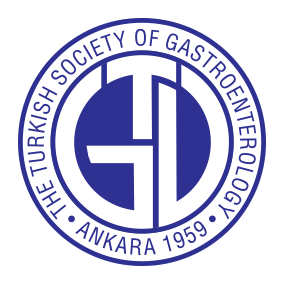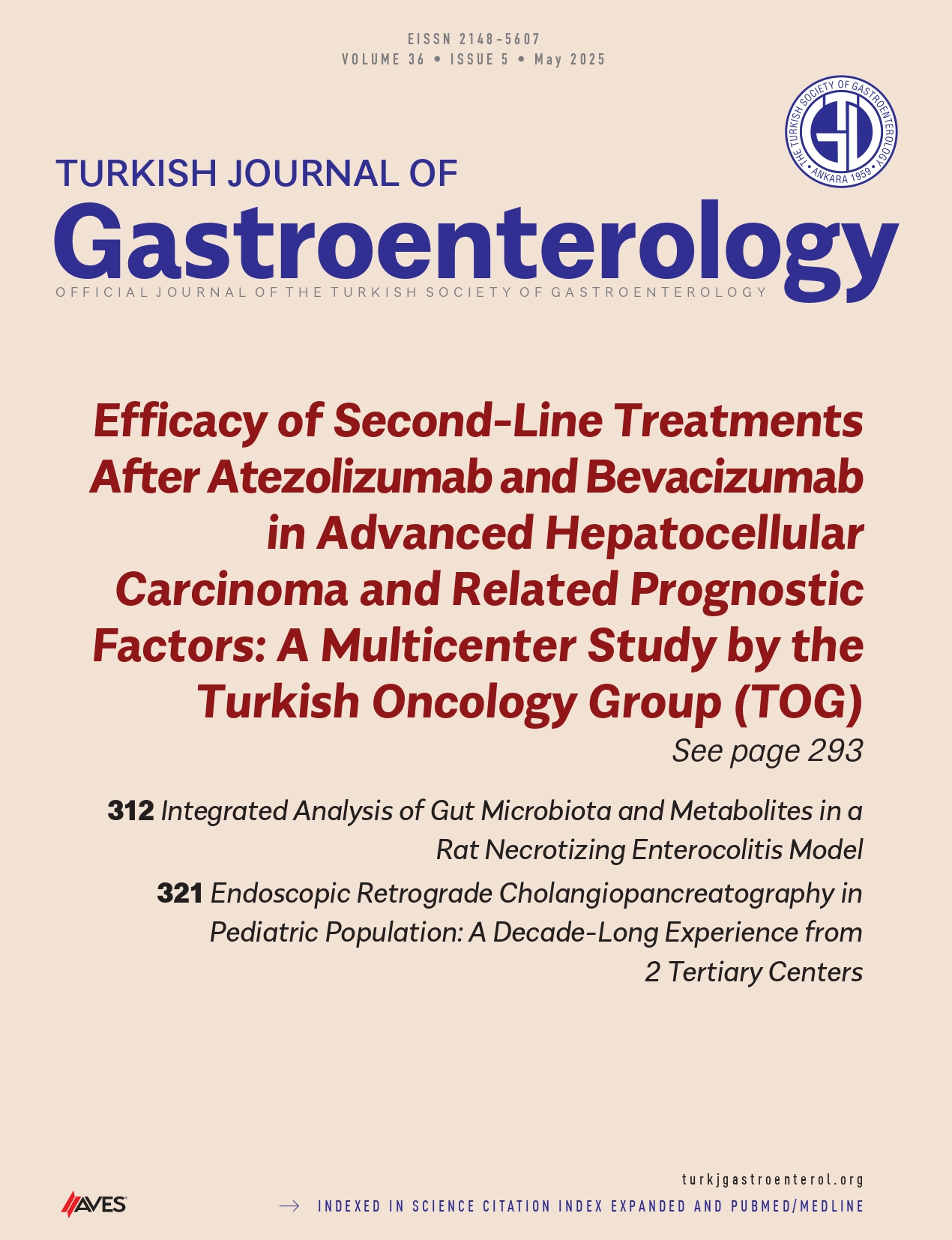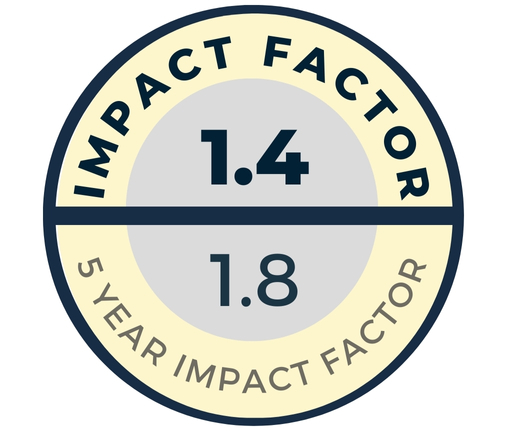Background/Aims: Obesity correlates with a higher prevalence of gastroesophageal reflux disease (GERD) and ineffective esophageal motility (IEM); however, the connection between metabolic obesity phenotype and these symptoms is poorly explored. Here, empirical data were used to explore the relationships between phenotypes of metabolic obesity and GERD and IEM.
Materials and Methods: The present retrospective study involved 605 patients demonstrating typical reflux symptoms, categorized into 4 phenotypes: metabolically healthy obesity (MHO), metabolically healthy non-obesity (MHNO), metabolically unhealthy obesity (MUO), and metabolically unhealthy non-obesity (MUNO). The study excluded cases who were underweight, with severe comorbidities, prior gastric surgeries, or an absence of complete data. A 24-hour multichannel intraluminal impedance-pH system was used for monitoring.
Results: Patients exhibiting MUO, MHO, and MUNO phenotypes demonstrated a higher risk of GERD (pathological acid exposure time (AET), >6%) and IEM compared to those with the MHNO phenotype. Potential confounders, such as sex, age, body mass index, waist–hipratio, smoking status, alcohol intake, psychosocial stress, socioeconomic status, dietary practices, and opioid usage were adjusted, with the results indicating that the MUO phenotype was linked to the highest risk of pathological AET [15.78 (95% CI: 4.72-52.73)]; IEM [3.00 (95% CI: 1.31-6.87)].
Conclusion: The effects of obesity on GERD and IEM incidence could exceed those of metabolic diseases.
Cite this article as: He T, Su L, Song S, Li Y, Wang L, Sun S. Associations of metabolic obesity phenotypes with gastroesophageal reflux disease and esophageal dysmotility. Turk J Gastroenterol. Published online February 11, 2025. doi 10.5152/tjg.2025.24351





.png)